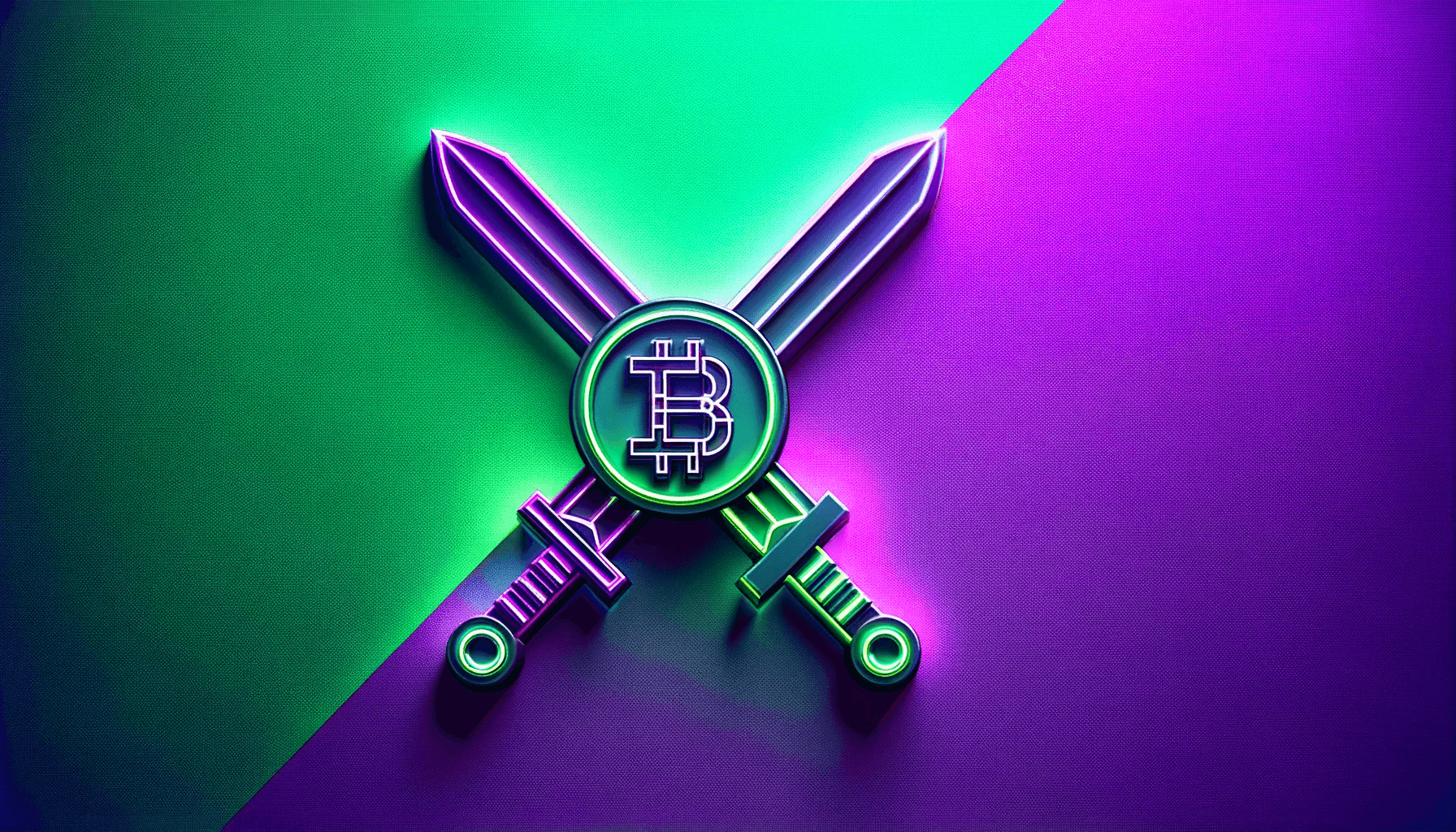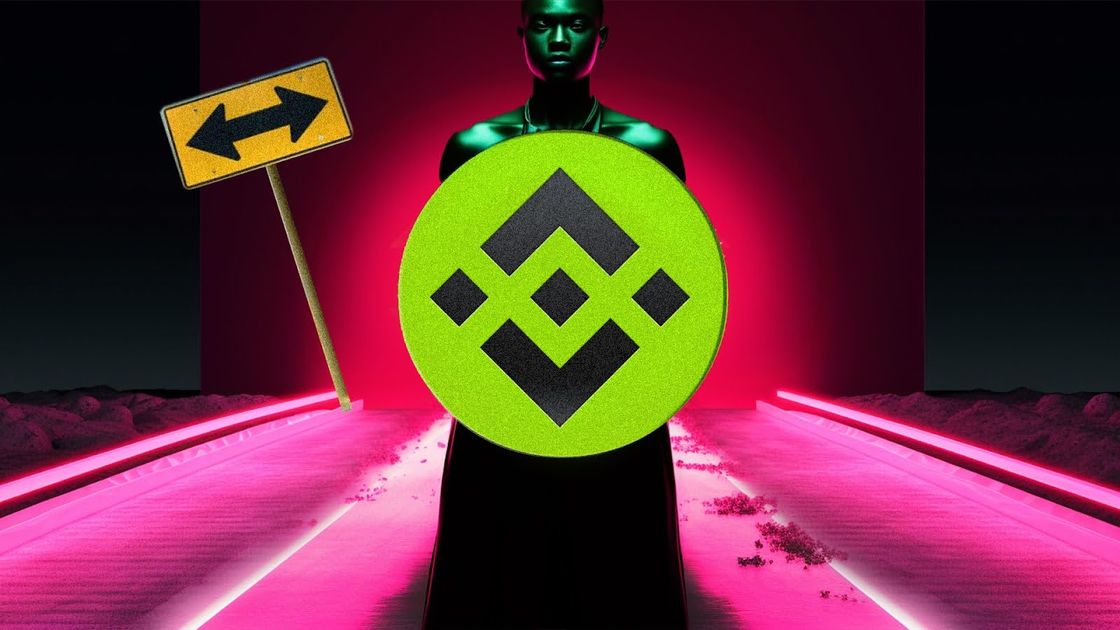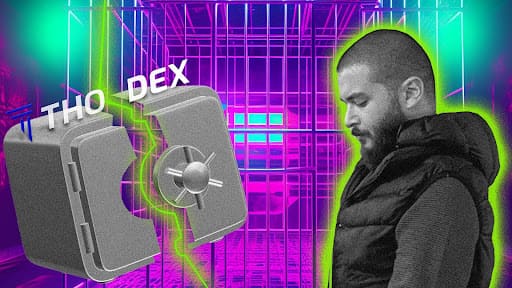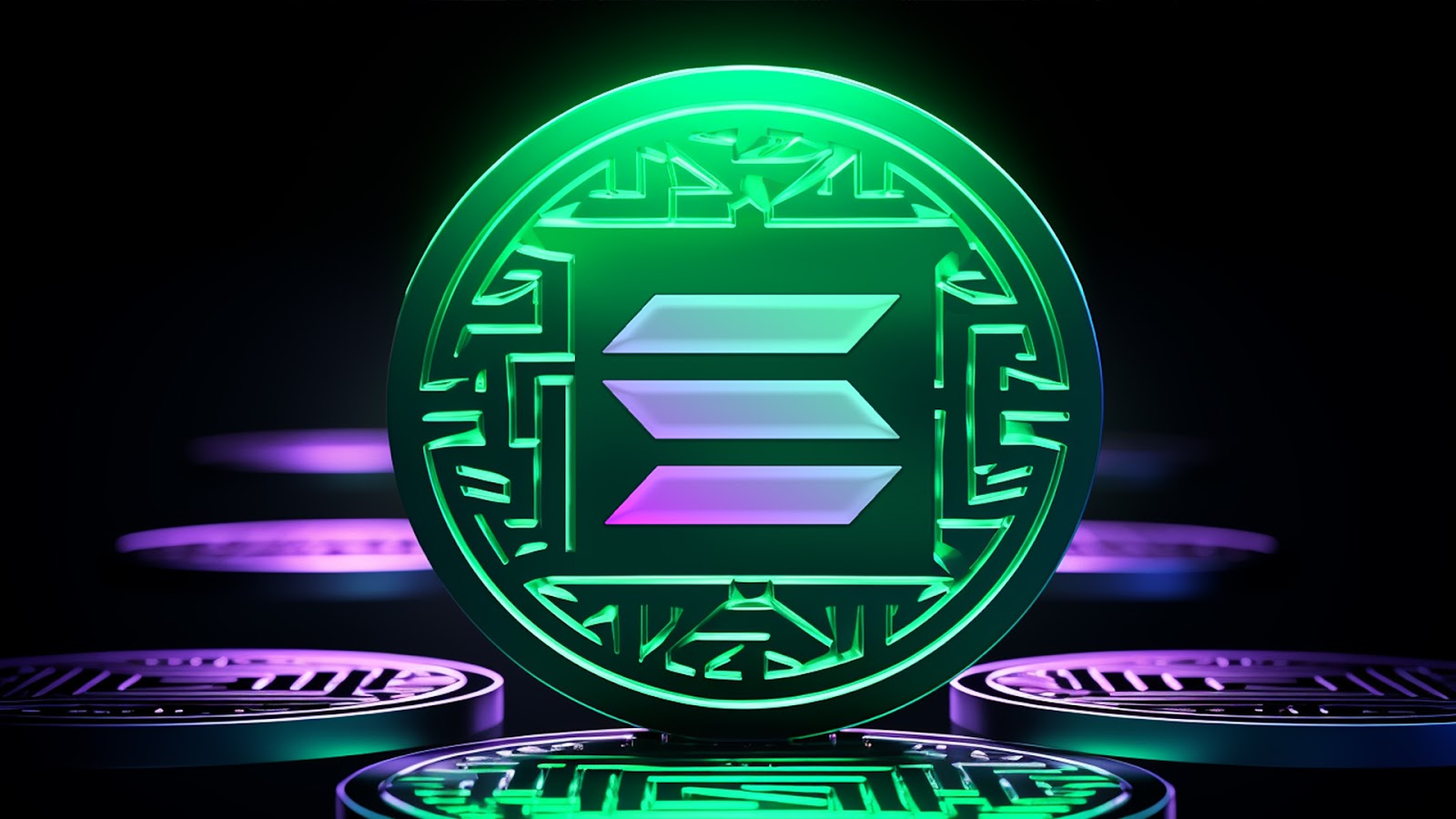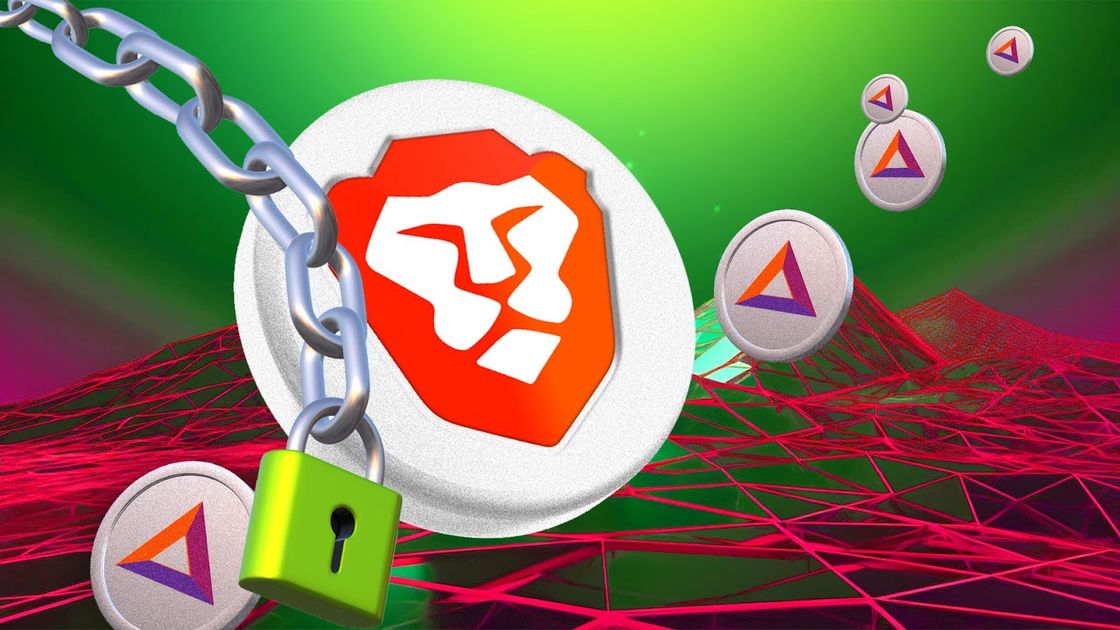
Cosmos presents a unique and innovative solution to some of the core problems that current decentralised networks face. As a ground-breaking blockchain technology project, the question ‘what is Cosmos crypto’ should be at the forefront of many investors’ minds come the next bull run - which is exactly what this article will explore.
TABLE OF CONTENTS
How Does Cosmos Crypto Work
- Tendermint
- Hub-and-Zone Architecture
The Cosmos Ecosystem
Atom Token
What is Cosmos Crypto - FAQ
How Does Cosmos Crypto Work
The basis of Cosmos is the development of an interoperable network of blockchains that enables smooth asset transfers and communication. Here are some key components and processes that define how Cosmos Crypto works:
Tendermint
The Tendermint BFT engine is the key component of this layered design; it is the portion of the network that lets developers create blockchains without having to write the code from scratch. Tendermint BFT is an algorithm used by the network of computers running the Cosmos software to secure the network, validate transactions and commit blocks to the blockchain. It uses the Application Blockchain Interface protocol to establish connections with apps.
The fact that Tendermint works with both permissionless and private networks is an additional benefit. The only thing left for the developers to decide is whether to use a private network with a restricted validator set or a permissionless Proof-of-Stake (PoS) network where anyone who has staked a certain number of tokens can act as a validator.
Tendermint makes use of PoS, which makes it possible to build high-performance networks with block times as short as one second. Another feature of Tindermint is that it allows instant finality, in contrast to Proof-of-Work (PoW) networks like Ethereum (ETH) and Bitcoin (BTC).
Source: https://21shares.com/
Hub-and-Zone Architecture
Hub: The hub in Cosmos serves as the main blockchain, often referred to as the "Cosmos Hub." It functions as the central connector for various independent blockchains, known as "zones." The Cosmos Hub maintains a secure and scalable environment for inter-blockchain communication.
Zone: Zones are individual blockchains that connect to the Cosmos Hub. Each zone operates independently and can have its own consensus mechanism and governance structure. The Cosmos Hub facilitates communication and the transfer of assets between these zones.
Inter-Blockchain Communication (IBC) Protocol
The Inter-Blockchain Communication (IBC) protocol is a fundamental component of Cosmos that enables the transfer of assets and information between different blockchains within the network.
IBC allows for secure and verifiable communication between the Cosmos Hub and various zones. This communication occurs in a trustless manner, ensuring the integrity and authenticity of transactions.
Cosmos Validators
Validators play a crucial role in securing the Cosmos network. They are responsible for validating transactions and participating in the consensus process to agree on the state of the blockchain.
Validators on the Cosmos Hub and zones use a consensus algorithm, often Tendermint, to achieve Byzantine Fault Tolerance (BFT). This ensures that the network remains secure and resistant to malicious attacks.
Cosmos SDK (Software Development Kit)
The Cosmos SDK is a framework that simplifies the development of custom blockchains, including both the Cosmos Hub and zones. Developers can use the SDK to create and customize their blockchains with specific features and functionalities.
This modular framework allows for the easy deployment of independent blockchains that can later connect to the Cosmos Hub using the IBC protocol.
Staking and Governance
Cosmos utilizes a staking mechanism where participants can lock up their Cosmos Crypto (ATOM) as collateral to become validators. Validators are then selected to create new blocks and validate transactions based on their staked amount.
Governance in Cosmos is achieved through a proposal and voting system. ATOM holders can submit proposals to suggest changes or upgrades to the network. Validators and delegators can then vote on these proposals, influencing the future development of the Cosmos ecosystem.
Cosmos Crypto (ATOM)
ATOM is the native cryptocurrency of the Cosmos network. It serves various purposes, including staking to secure the network, participating in governance decisions, and facilitating transactions between zones via the IBC protocol.
ATOM holders are incentivized to stake their tokens, contributing to the security and decentralisation of the Cosmos network. Validators, in turn, are rewarded with transaction fees and block rewards for their role in maintaining the network.
The Cosmos Ecosystem
The Cosmos ecosystem has been steadily developing over the years. In addition to the Cosmos Hub, the network is home to several other blockchain initiatives, such as:
-
Osmosis ($OSMO)
Osmosis is a sophisticated automated money maker (AMM) protocol that was announced in June 2021, and it allows developers to design customised AMMs with sovereign liquidity pools. At the time of writing, The current CoinMarketCap ranking is #73, with a live market cap of USD 882,375,845. It has a circulating supply of 492,590,761 OSMO coins and a max. supply of 1,000,000,000 OSMO coins.
-
Juno ($JUNO)
Juno, a sovereign blockchain in Cosmos designed for compatible smart contracts, was introduced in October 2021. Developers can launch their smart contracts on the blockchain, which is intended to be a decentralised, permissionless, and censorship-resistant platform.
Members of the Cosmos grassroots community started the initiative, and there was no token pre-sale or public sale. Only ATOM stakeholders received the JUNO tokens.
-
Akash Network ($AKT)
Targeted at dApp developers in the DeFi area and other high-computing & high-growth fields such as machine learning, Akash Network is a decentralised cloud computing marketplace that links people who need computing resources with those who have the computing capacity to lease. Akash has two main components:
Akash Network: A supercloud platform that offers a unifying layer atop all providers on its marketplace to ensure clients have a single cloud platform, independent of any provider they may be utilising. It is an on-chain decentralised marketplace for leasing computer resources.
Akash Platform: Workload hosting and management are done using the off-chain deployment platform known as the Akash Platform. It is a collection of cloud management services that run workloads using Kubernetes.
-
EVMOS ($EVMOS)
EVMOS is short for EVM (Ethereum Virtual Machine) on Cosmos and was developed using the Cosmos SDK with IBC compatibility. In terms of tooling and value exchange, this gives any developer working on EVMOS the best of both worlds.
Since April 2021, it has been operational, and as of right now, there are roughly 59 dApps that have expanded or built upon EVMOS. As of the time of writing, Evmos ($EVMOS) was rated as the #392nd cryptocurrency. It was currently at $0.100098, having peaked at $0.118702.
-
Cronos ($CRO)
Cronos, formerly known as "Crypto.org Coin," is a chain that runs on the Cosmos SDK and is compatible with the Ethereum Virtual Machine (EVM). It was constructed with Ethermint and has Inter-Blockchain Communication (IBC) functionality.
Since becoming online in November 2021, more than 825,000 distinct addresses have completed transactions on Cronos, demonstrating the platform's explosive user adoption growth to date. The native token for Cronos is called $CRO. At the time of writing, CRO's current price was $0.087983, with a 24-hour trading volume of $9.94M.
Other blockchain initiatives include: Celestial, Injective, THORchain, Normic, Chain point, Centaur and others too numerous to mention
Atom Token
As mentioned earlier, ATOM is the native cryptocurrency of the Cosmos network. The token may be used for staking, sending, spending, and holding, and is also essential for preserving interoperability throughout the whole Cosmos network.
Because other blockchains inside the network depend on the Cosmos Hub to keep track of their transaction histories, ATOM might therefore increase in value as more are established. Users who hold and stake ATOM can vote on network enhancements, and the number of votes they can cast depends on how much ATOM they have staked.
Depending on the number of tokens they are staking, Cosmos pays validators with ATOM; the delegators only get a tiny portion of the payout.
ATOM's current price is $10.15, with a 24-hour trading volume of $227.05M. With 382.84M ATOM coins in circulation, ATOM has increased by +0.49% over the past day. In terms of market capitalization, ATOM is ranked 24.
What is Cosmos Crypto - FAQ
Is Cosmos coin legit?
Taking everything into account, Cosmos is a genuine cryptocurrency project that seeks to address the scalability, interoperability, and sovereignty problems that several other blockchains are experiencing.
Is Cosmos a coin or token?
The cryptocurrency known as Cosmos (ATOM) is what drives and safeguards the network of interconnected blockchains that are intended to grow and communicate with one another.
Who owns Cosmos Crypto?
In 2014, Jae Kwon and Ethan Buchman co-founded Cosmos with the help of the Interchain Foundation (ICF), a Swiss organisation that funds research and development for open, decentralised, scalable, and safe networks.
Want More Cutting-Edge Crypto News?
Follow Us: X TikTok Instagram Telegram LinkedIn
Sign up for our newsletter at the bottom of the page
Check Out Our Top 10 Crypto Currencies of 2024
This article is intended for educational purposes and is not financial advice.


